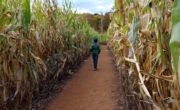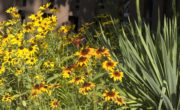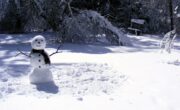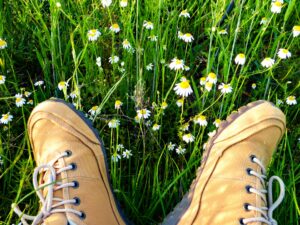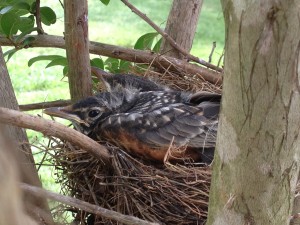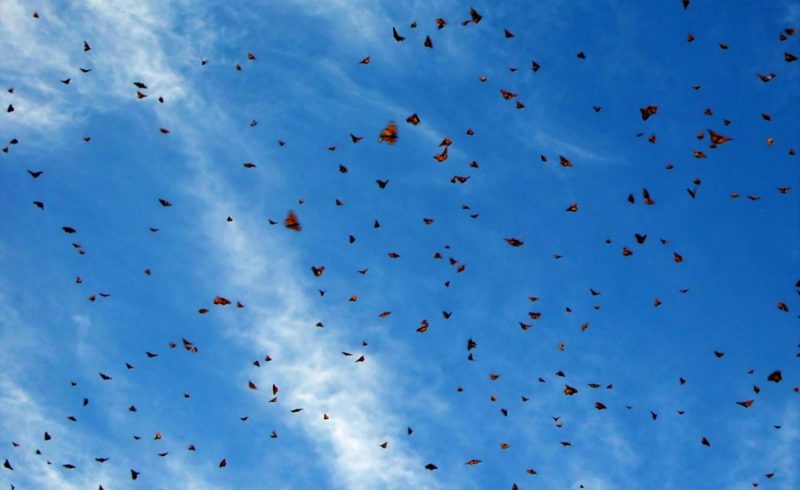
Every fall, North America’s monarch butterflies travel hundreds of miles to migrate to warmer areas. Making the migration even more amazing, the butterflies return in the spring. They are the only butterfly species known to make this two-way migration like birds do.
Where Do They Go?
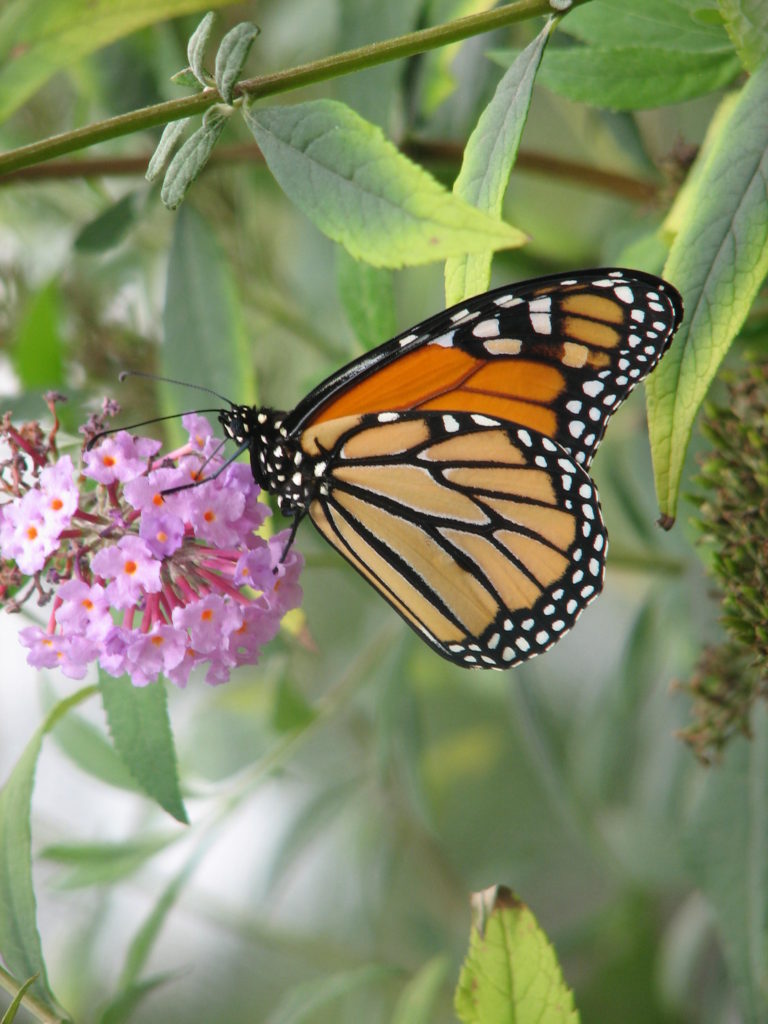 Some butterflies go through the winter as larvae, pupa, or even adults. But monarch butterflies cannot survive cold northern climates. Instead, they use air currents to travel south long distances. Some fly as far as 3,000 miles!
Some butterflies go through the winter as larvae, pupa, or even adults. But monarch butterflies cannot survive cold northern climates. Instead, they use air currents to travel south long distances. Some fly as far as 3,000 miles!
The butterflies travel during the day and roost at night, often in pine, fir, and cedar trees. These trees have thick canopies that help moderate the temperature and humidity. Many of the roost sites are used again year after year.
Monarchs can cover between 50 to 100 miles in one day. Depending on how far they have to go, it may take up to two months for the butterflies to reach their destination. Monarchs in Eastern North America fly the Sierra Madre Mountains of Mexico. There they form clusters in oyamel trees. Those in Western North America make their way to California. Here they roost in Monterey pines, Monterey cypresses, and eucalyptus trees. To follow their migration this year, click here.
How Can I Help?
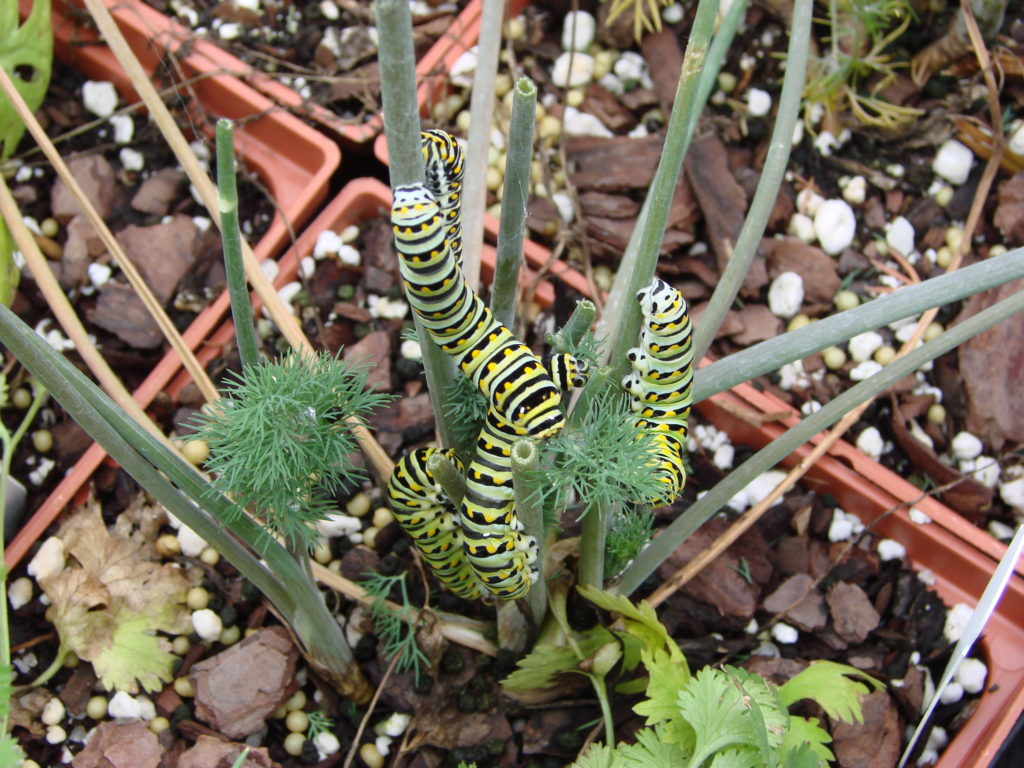 You can help the monarch butterflies! One way is to create a refuge for them. Milkweed is the only plant the caterpillars will eat. Plant some milkweed in your backyard. If you’re a student, talk to your teacher about the possibility of planting milkweed at your school. Community groups and businesses can get involved, too.
You can help the monarch butterflies! One way is to create a refuge for them. Milkweed is the only plant the caterpillars will eat. Plant some milkweed in your backyard. If you’re a student, talk to your teacher about the possibility of planting milkweed at your school. Community groups and businesses can get involved, too.
The butterflies need nectar. Plant flowers that provide a lot of nectar, such as purple coneflowers, black-eyed Susans, asters, and zinnias.
Certify your site as a monarch waystation. https://www.monarchwatch.org/waystations/ The waystations provide the food and shelter that monarchs need to live, reproduce, and migrate successfully.
Become a part of a citizen project. The Monarch Larva Monitoring Project sponsored by the University of Minnesota uses data on monarch larva and milkweed habitat to help scientists better understand monarch populations. You can help collect that data. You can also become a part of Journey North, a project where citizen scientists track the monarch migrations.
To Learn More
“Migration and Overwintering.” United States Department of Agriculture.
“Monarch Butterflies Migrate 3,000 Miles – Here’s How.” National Geographic.
“Saving the Monarch Butterfly: What Gardeners Can Do to Help.” Gardener’s Supply Company.
Photos:
Migrating Butterflies by gabana
Monarch Caterpillars by mrmac04
Monarch Butterfly by paulabflat




